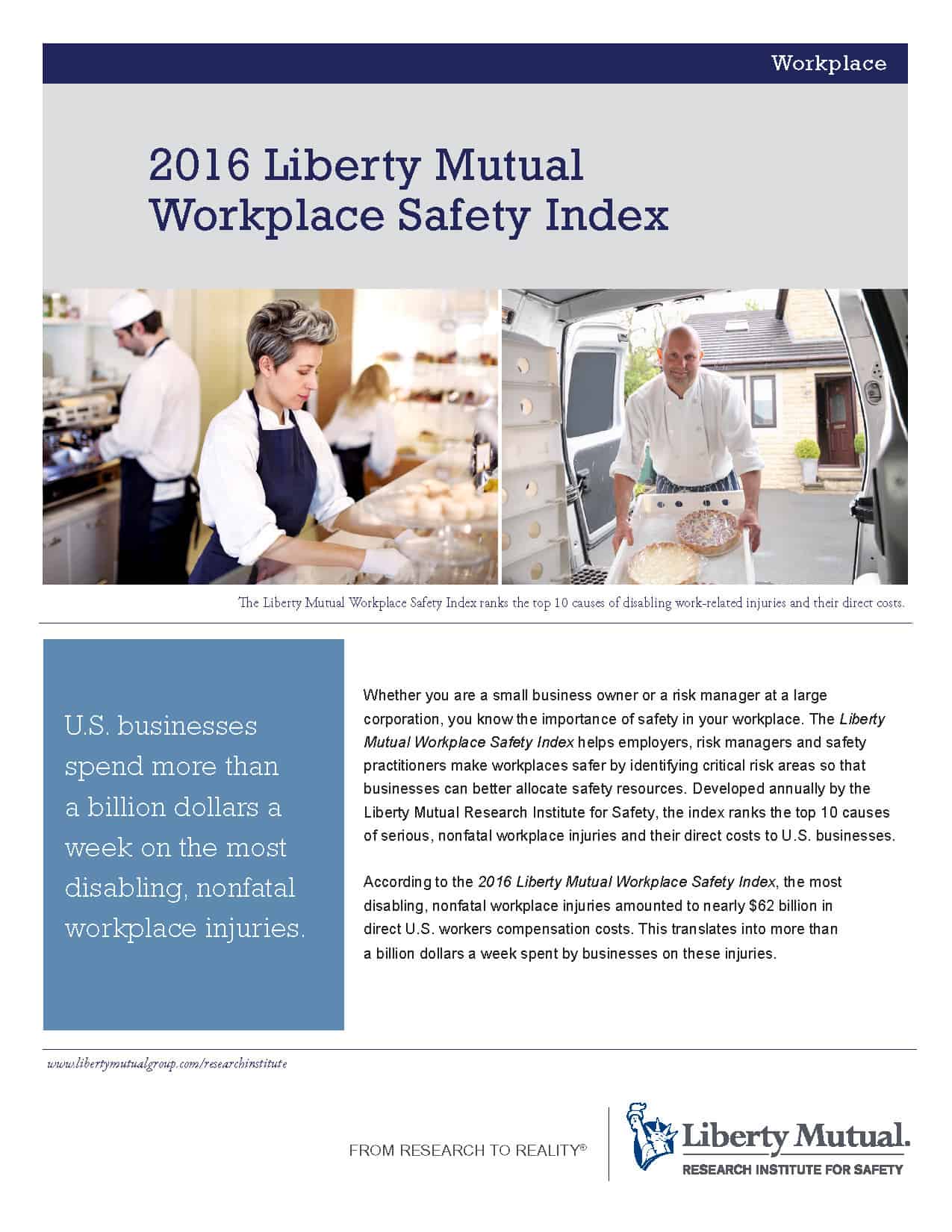 SafetyAtWorkBlog originated from the SafetyAtWork magazine, a PDF subscription magazine that ran for a few years. In October 2001 we published a special edition of the magazine focussed on the 9/11 disaster. It has some exclusive articles and other safety content from a range of authors. We have made it available for the first time through this blog to mark the 15th anniversary of the event.
SafetyAtWorkBlog originated from the SafetyAtWork magazine, a PDF subscription magazine that ran for a few years. In October 2001 we published a special edition of the magazine focussed on the 9/11 disaster. It has some exclusive articles and other safety content from a range of authors. We have made it available for the first time through this blog to mark the 15th anniversary of the event.


 On 18 March 2015, the Melbourne office of
On 18 March 2015, the Melbourne office of